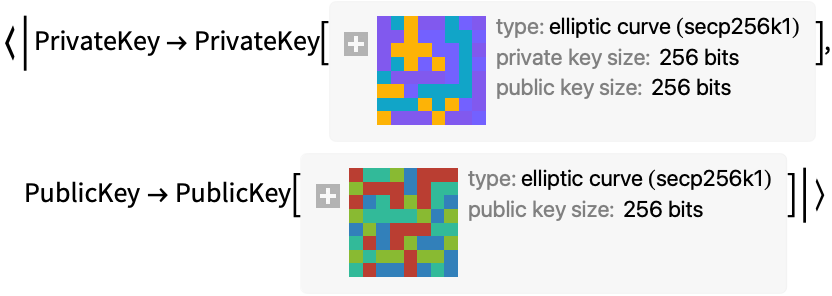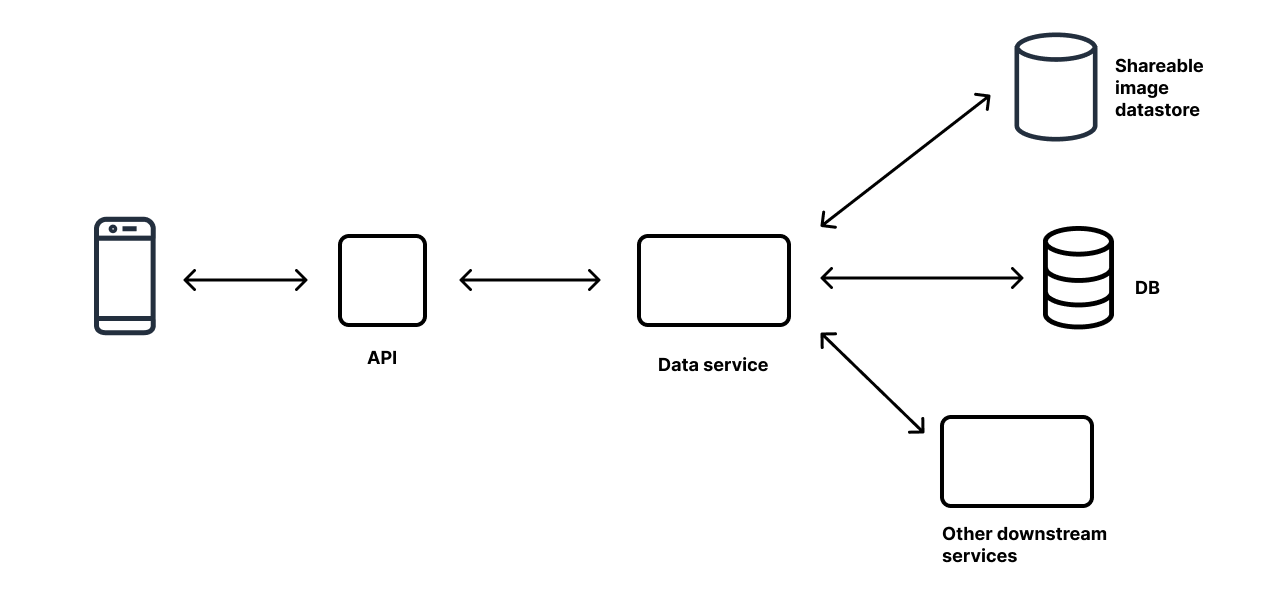The code in this repository is a Python-based Bitcoin miner that uses the OpenCL framework (via PyOpenCL) to perform GPU-accelerated mining of Bitcoin.
poclbm: GPU-Accelerated Bitcoin Mining in Python
poclbm is a Python-based Bitcoin miner that leverages the power of GPUs through OpenCL to perform high-speed, efficient mining. I created this project to explore the intersection of cryptocurrency and parallel computing, and to make mining more accessible to developers who prefer Python.
Why I Built poclbm
When I first became interested in Bitcoin, I was fascinated by the idea of mining—solving complex mathematical puzzles to secure the network and earn rewards. However, most mining software at the time was either closed-source or written in low-level languages that were hard to extend or understand.
This project became a way for me to learn more about both blockchain technology and parallel programming, and to contribute something useful to the crypto community.
Use GenerateAsymmetricKeyPair to create a Bitcoin key pair to be used for sending and receiving bitcoin:


The address is a representation of the public key.

Technical architecture
I chose Python for its readability and rapid development. PyOpenCL bridges Python and OpenCL, letting me write high-performance GPU code while keeping the project accessible for others.

Cross-Platform Support
OpenCL allows poclbm to run on a wide range of GPUs (AMD, NVIDIA, etc.) and operating systems. This inclusivity was important to me so more people could experiment with mining. Mining is all about speed. I spent time profiling and optimizing the OpenCL kernel and the data transfer between CPU and GPU to maximize hash rates. poclbm has helped many developers and enthusiasts understand the inner workings of Bitcoin mining. While ASICs now dominate mining, this project remains a great educational resource and a testament to open-source collaboration.